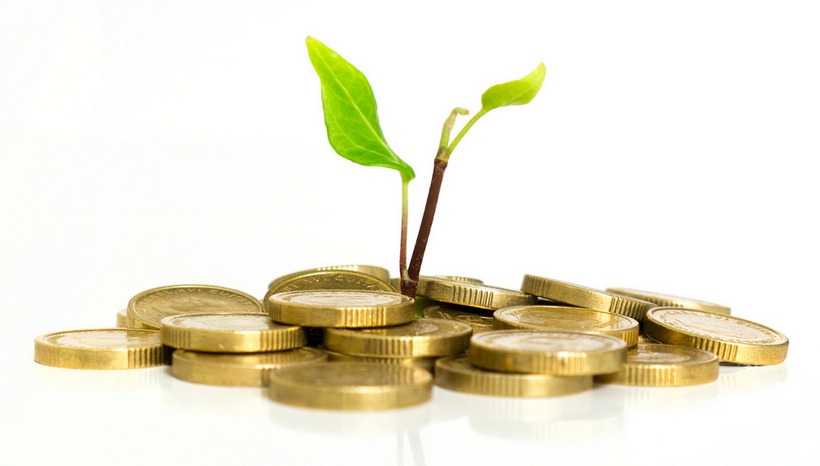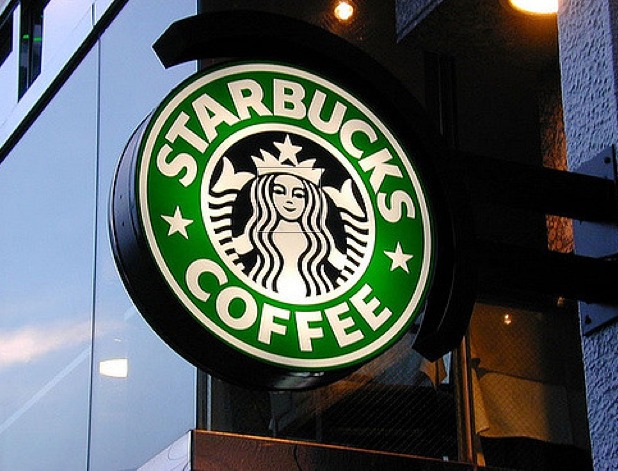Today we’re going to take a look at 5 dividend stocks that in my opinion look like solid bets to generate double-digit total returns every year, or at least every year on average.
A 10% annual return is obviously not get-rich-quick money. But at that rate, you’re still doubling your money every seven years, and that’s not too shabby.

Caveats
You know the old refrain: Past performance is no guarantee of future results.
I can’t promise you that every stock on the list will deliver a double-digit return, particularly if we have weakness in the broad market.
That said, let’s take a look at my picks.
Energy Transfer Equity LP (ETE)
Dividend Yield: 6.1%
I’ll start with one of my favorite long-term holdings, pipeline giant Energy Transfer Equity LP (ETE).
At current prices, ETE yields 6.1%. Dividend growth has been a little tepid of late, as the company overextended itself during the go-go years of the 2010s energy boom and is in the process of slowly deleveraging by retaining more of its cash.
But this is a company that, as recently as a couple years ago, was improving its dividend at a 30% annual clip.
With a dividend yield of more than 6%, ETE doesn’t have to hit any home runs to generate a double-digit annual return.
Even being the tortoise rather than the hare, 4% share price appreciation should be doable in my opinion, and I expect it to be much better than that.
Enterprise Products Partners LP (EPD)
Dividend Yield: 6%
Along the same lines, I’d consider rival pipeline operator Enterprise Products Partners LP (EPD) to be a solid bet for annual double-digits returns.
In my opinion, EPD is the bluest of blue chips in the midstream pipeline space.
While rivals such as Energy Transfer and Kinder Morgan Inc (KMI) got themselves into trouble by growing their dividend too aggressively and resorting to borrowing aggressively to fund new products, EPD has quietly kept its head down and plugged along.
If there was ever a crisis in the oil patch, you would never have known it from seeing EPD’s operating results.
At current prices, EPD sports a dividend of 6%. In the past three years, it has consistently raised that dividend at a 5%-6% clip.
Main Street Capital (MAIN)
Dividend Yield: 5.7%
It’s a lot easier to generate a double-digit annual return when you’re not having to pay federal income taxes.
And that brings me to our next pick, business development company (BDC) Main Street Capital Corporation (MAIN).
BDCs pay no federal income taxes so long as they distribute at least 90% of their profits as dividends. So as you might imagine, they tend to be among the highest-yielding dividend stocks out there.
Main Street is somewhat quirky in that it pays a regular monthly dividend that it augments with one or two special dividends per year. While this is not the industry norm, it makes sense.
By allowing for a special dividend that varies with profitability, it reduces the risk that the company would have to lower its dividend if it hit a rough patch.
At current prices, Main Street’s regular monthly dividend of 18.5 cents amounts to a yield of 5.7%, and the special dividends chip in another 1.4%.
So the dividends alone account for about 7.1% in annual return. That means that the company only has to manage a measly 2.9% in capital appreciation per year to hit that double-digit mark.
Prospect Capital (PSEC)
Dividend Yield: 10.8%
Along the same lines, I’d recommend fellow business development company Prospect Capital Corporation (PSEC).
Prospect Capital is a controversial stock in the BDC space.
Unlike Main Street, which runs a very conservative dividend policy, Prospect Capital tends to be a little more aggressive, which has caused the company problems in the past.
PSEC had to cut its dividend in early 2015, which alienated some of its retail stockholders who had been depending on the monthly dividend to pay their bills.
It didn’t help that Prospect is externally managed and has a more opaque management compensation scheme than a lot of other BDCs.
All of this helped to depress Prospect’s share price, which has created a nice opportunity for investors willing to go against the grain.
At current prices, Prospect yields 10.8%. So the share price could actually fall by nearly a percent per year and you’d still be earning a nice double-digit returns.
Prospect is not without its risks. Its investment income covers its dividend by a pretty narrow margin most quarters.
But this BDC also trades at a slight discount to its NAV, which gives you some degree of safety, and this stock has had some of the strongest insider buying I’ve ever seen over the past few years.
Omega Healthcare Investors (OHI)
Dividend Yield: 7.3%
I’m the first to admit that I don’t have a clue what direction the stock market is going to go over the next year.
At the end of the day, you’re attempting to forecast human emotions, and it’s hard to handicap something so inherently irrational.
But demographic trends are another story.
By looking at a simple chart of Americans by age, you have a really good idea what demand for a lot of products will look like. And this brings me to my next double-digit return candidate, Omega Healthcare Investors Inc (OHI).
Omega is a triple-net REIT that owns skilled nursing and assisted living facilities.
I should make an important distinction here. Omega is not in the business of running old folks’ homes. It’s the landlord for companies running old folks’ homes.
These businesses are highly dependent on Medicare and on private insurance companies. So changing reimbursement rates can have an outsized impact on profits.
But even if the shekels get tight, they’re still going to pay their rent. Which is why I consider Omega a fantastic long-term holding.
At current prices, Omega yields 7.3%. Between the high current yield and the dividend growth, I think it’s safe to say that Omega should easily deliver double-digit returns over time.
Photo Credit: Pictures of Money via Flickr Creative Commons
Charles Sizemore is the principal of Sizemore Capital, a wealth management firm in Dallas, Texas. As of this writing, he was long EPD, ETE, MAIN, OHI, PSEC. Upon request, Charles Sizemore will provide a list of all his recommendations made during the past 12 months.



